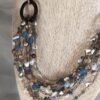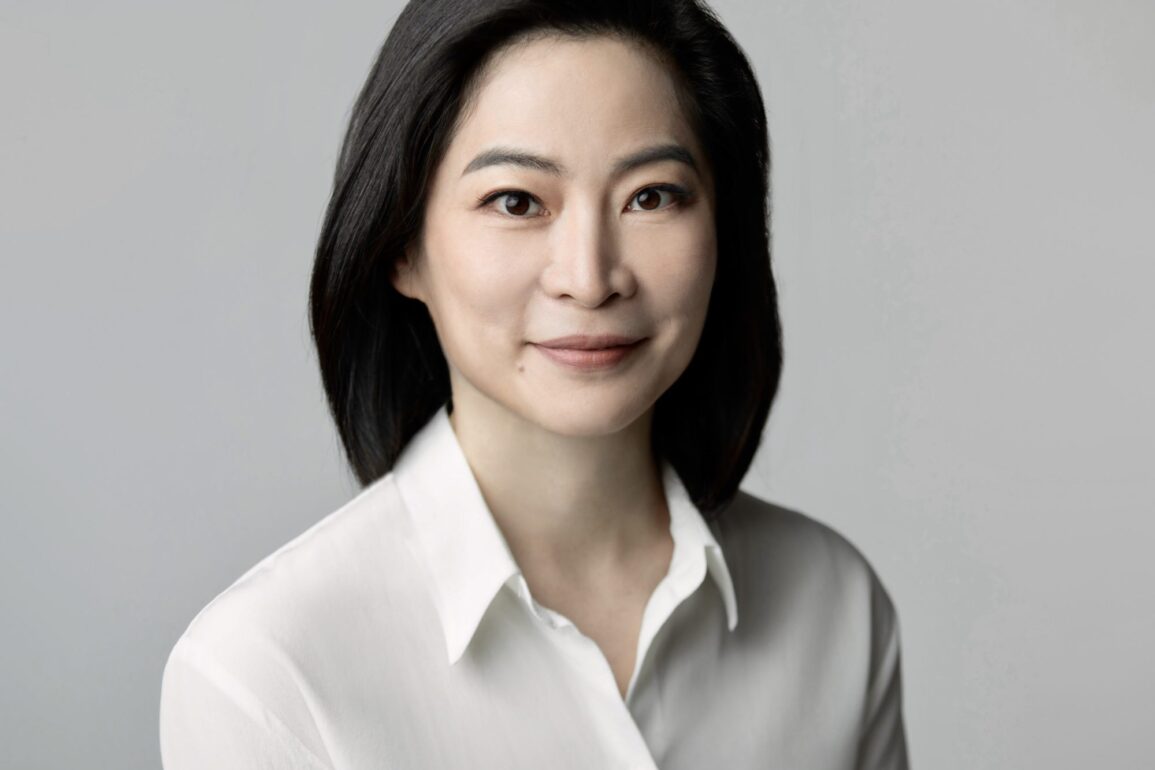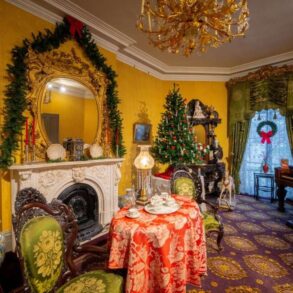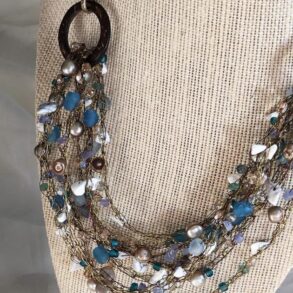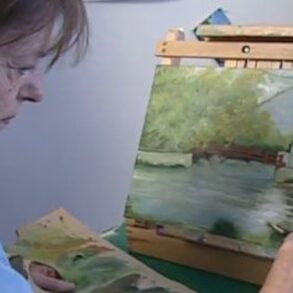A high-end international art gallery has announced that it is closing its physical space in Hong Kong because of a change in client behaviour.
Lévy Gorvy Dayan & Wei, which has shown works by Pablo Picasso and Paul Cézanne since opening its gallery on the ground floor of Central’s St. George’s Building in 2019, will not renew its lease when it expires at the end of 2024 and has no plan to reopen elsewhere in the region.
“As the market continues to mature and Asian collectors have become increasingly global in their scope, we embrace this opportunity to optimally serve our client base and maintain strong relationships with key collectors and institutions,” said Rebecca Wei, the gallery’s partner in charge of Asia, in a statement.
Earlier, Wei told the Financial Times, which first reported the news, that her clients had retained the pandemic-era model of “long-distance purchasing”, and that the current slowdown in the art market had led galleries to reassess their operations.

She said she had around 50 clients in the region and that they bought artworks priced above US$30 million on average. She will continue to represent the gallery in Hong Kong after the St. George’s Building space closes.
At the same time, international galleries are now choosing to open new outposts in Asia in places such as Seoul and Tokyo instead of Hong Kong, which continues to be one of the most expensive cities in the world despite its current economic malaise, and has not seen a major new international gallery arrive since its years of pandemic isolation.
However, some of LGD&W’s peers maintain that it is still important to keep a physical presence in the city, just as Sotheby’s and Christie’s, the two auction houses, are about to unveil their new spaces in the heart of the Central business district later this year.
“Since [LGD&W] is not a member of the HKAGA [Hong Kong Art Gallery Association] we cannot really respond to their gallery operations,” says Amanda Hon, managing director of Ben Brown Fine Arts in Hong Kong and co-president of the HKAGA, which represents 59 galleries.
“But clients who work with our member galleries still like to see artworks in person. Seeing an exhibition is like going to a live concert, and seeing artworks from a PDF is like listening on Spotify.”

Alice Lung, Asia partner at Perrotin, the French-owned gallery with an atelier in K11 Musea, says she still believes in the gallery model and will continue to do shows in Hong Kong.
“A PDF preview can never replace a gallery show. People are tired of online viewing rooms and PDFs. Seeing is believing. To experience the artwork in real life brings tremendous joy to the viewer, and that empirical experience could be amplified with a conversation with the artist and the gallerist.”
The economic challenges are real though, she says. Rising exhibition production costs and shipping costs make it more difficult for emerging artists, whose works sell for less, to have overseas shows.
“In the same vein, buyers’ behaviour has also changed as they are becoming more sensitive to the higher costs for shipping and maintaining a collection; hence, they are more cautious and reserved when buying,” she says.
That is precisely why it has become more important for the clients to see works in person, she adds.
Hong Kong remains a very important market for the gallery and its artists
According to real estate service company JLL, office vacancy space in Hong Kong was at a record high in June and office rent in Central fell 7.1 per cent in the first half of the year, the sharpest in all districts.
Despite the fall, international galleries that closed their branches in Hong Kong previously have yet to make a return. In 2020, Lehmann Maupin closed its space in Pedder Building and has since expanded its gallery in Seoul.
“Hong Kong remains a very important market for the gallery and its artists, and the gallery is currently in the process of exploring other ways that it can continue to maintain a strong presence in the city,” a Lehmann Maupin representative says.


